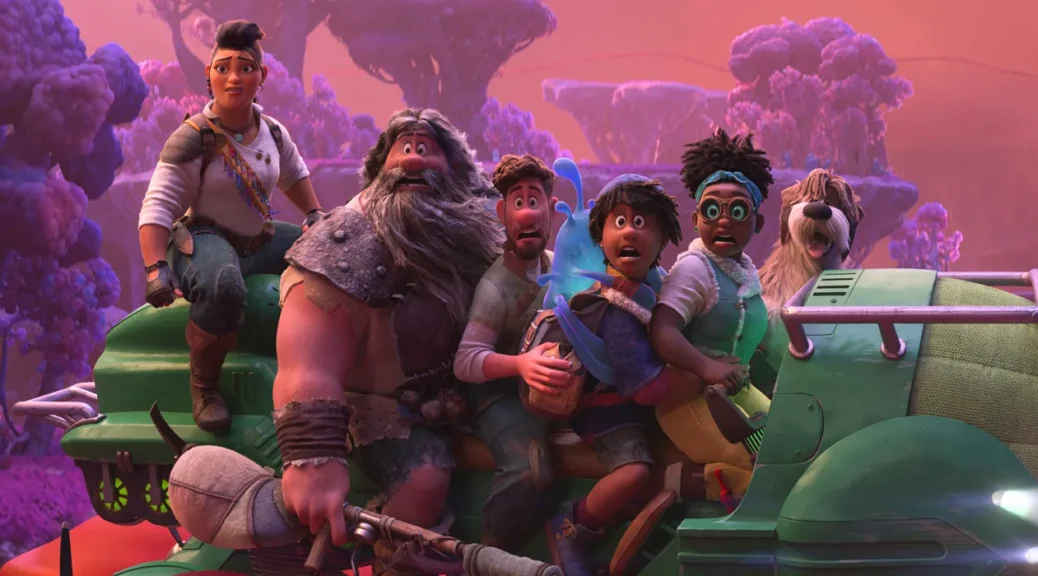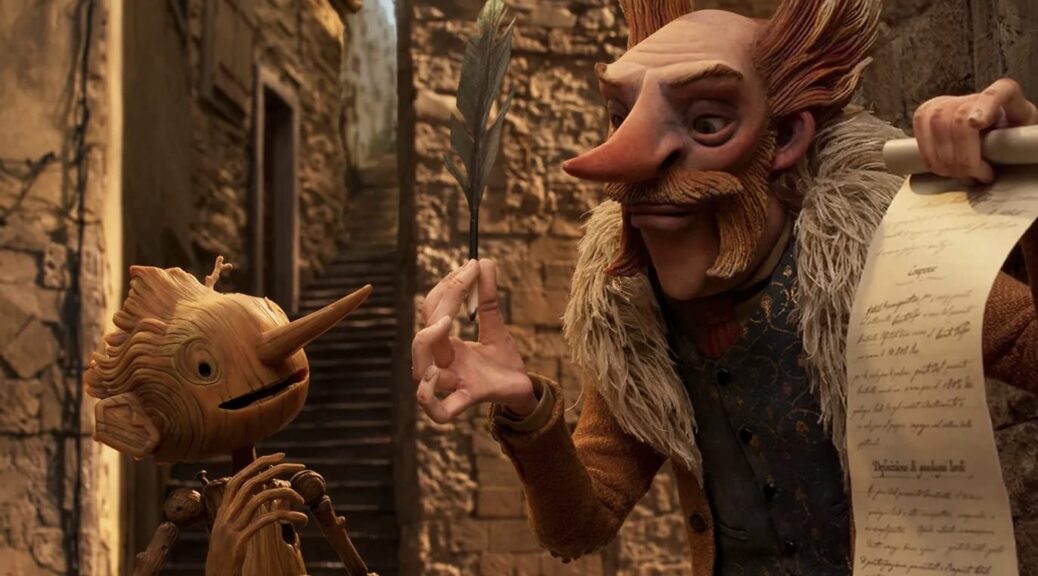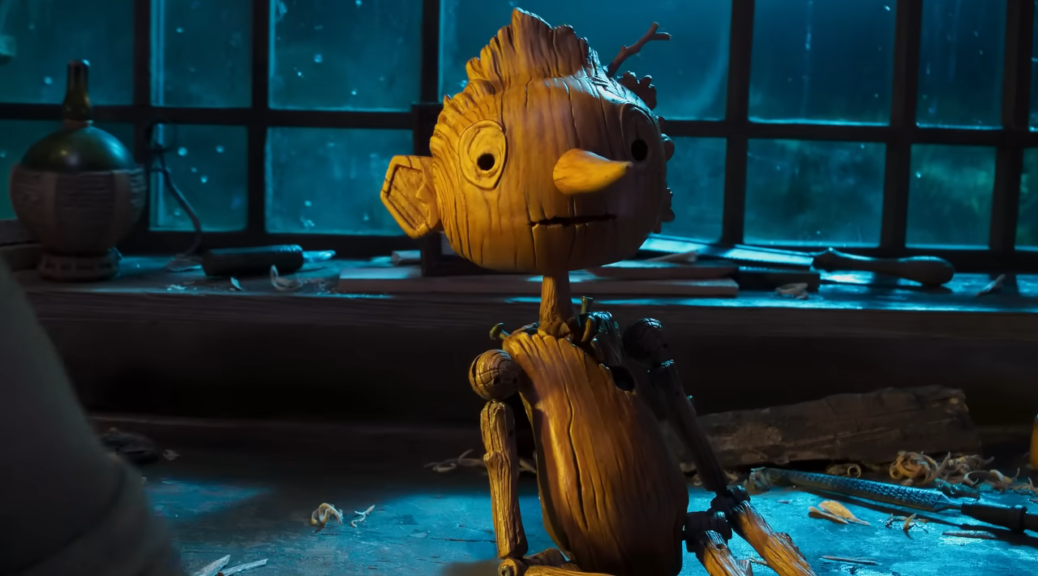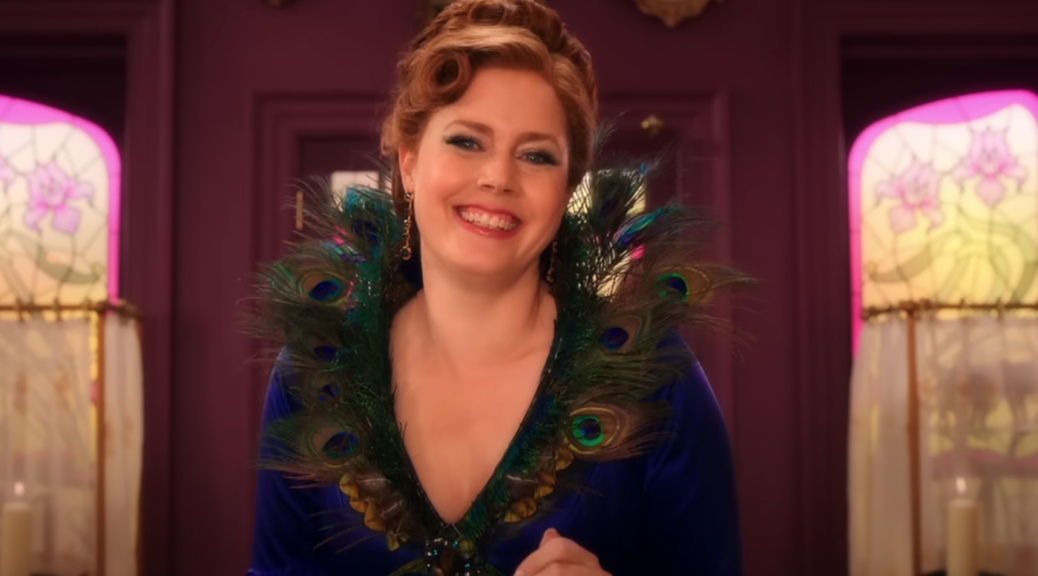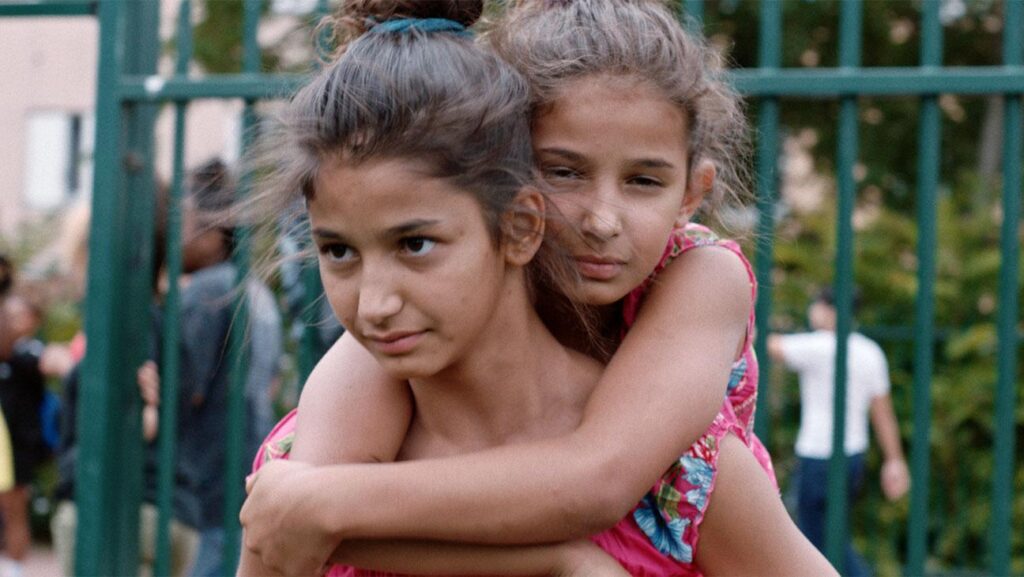Blood Relatives
by Hope Madden
Noah Segan – a welcome surprise in a Dude-esque role in Rian Johnson’s mystery romp Glass Onion: A Knives Out Mystery – embodies quite a different character for another new release, Blood Relatives.
Segan writes, directs and stars as well, upending the traditional coming-of-age perspective as a vampire learning of a teenage daughter and figuring out how to become a parent. It’s a darkly comedic road trip toward mundanity.
Segan’s screenplay is loose but knowing. It never feels overly scripted but offers enough backstory to ground the tale. And though moments feel familiar – maybe a bit of Near Dark and Stakeland with far more humor and far less dystopia – there is something pleasantly new afoot in this film.
Francis (Segan) is a loner in a muscle car, making his way hither and yon across dusty old by-ways and trying not to draw attention to himself. It’s a lonesome road, but what are you going to do? Jane (Victoria Moroles, Plan B) is a 15-year-old: sarcastic, hostile – you know, normal. Only she’s not normal and now that her mom’s gone, she intends to find out who she is.
That’s the simple success of Segan’s story. It’s about two people figuring out who they are, as we all must. Without feeling preachy or pretentious, Blood Relatives offers some real insight into what parenting ought to be. Even when the only thing you really have in common is the desire to suck the life out of people.
Moroles excels in the role of an angsty teen who recognizes the symbolism of turning into a monster as you hit adolescence. She’s slyly funny but moments of tenderness humanize her Jane. Likewise, Segan finds an arc that suits a man-turned-killer trying to turn back into a man.
Supporting turns, while small, all add a nice spark to the proceedings. Josh Rubin, in particular, is a creepy delight in a Renfield-esque role.
The film’s greatest weakness is its final act, which is enjoyable but unsatisfying. Still, the entertaining Blood Relatives delivers a savvy family comedy.


